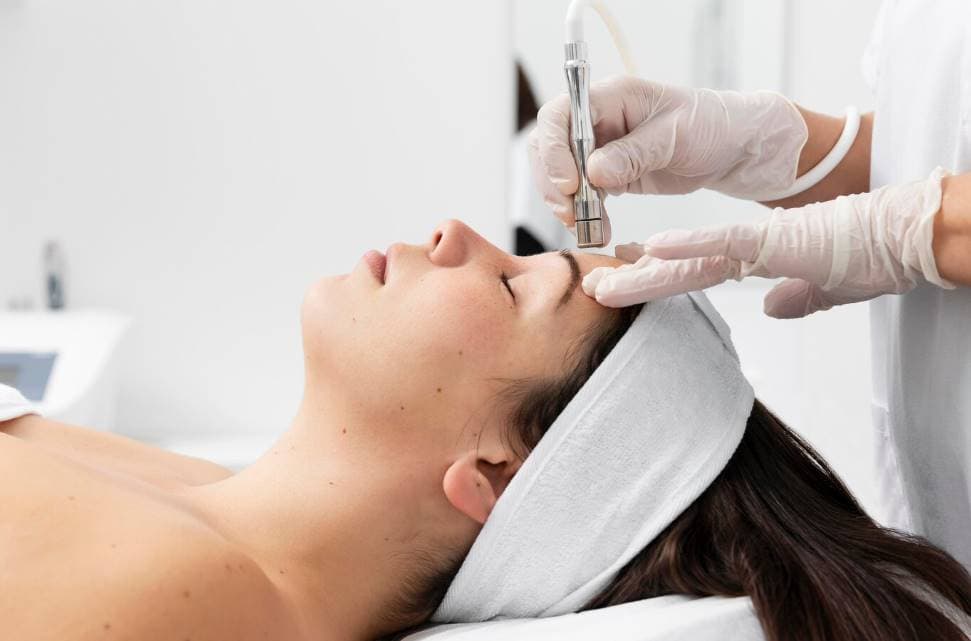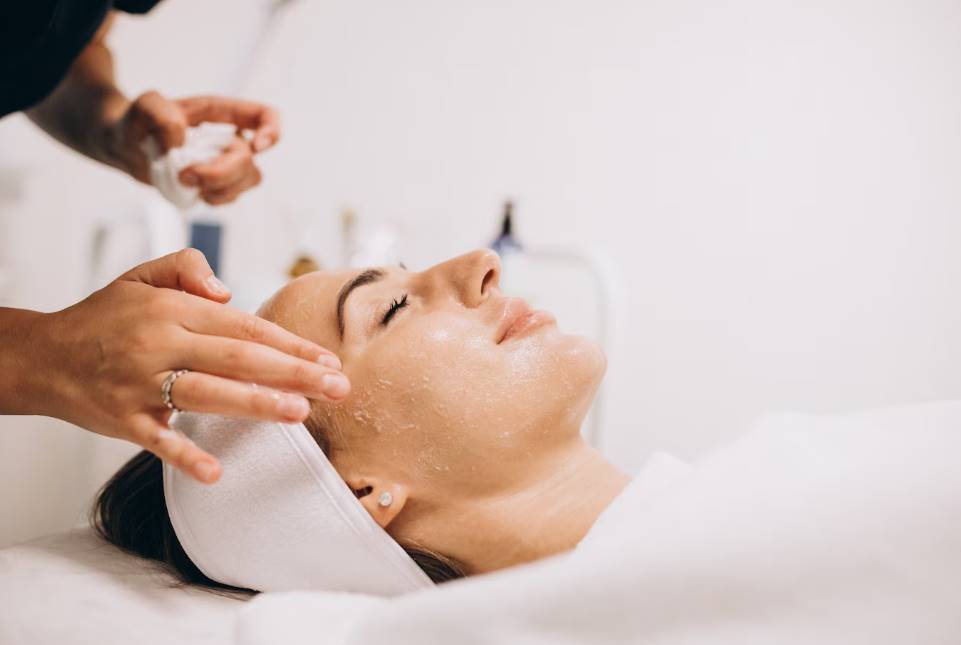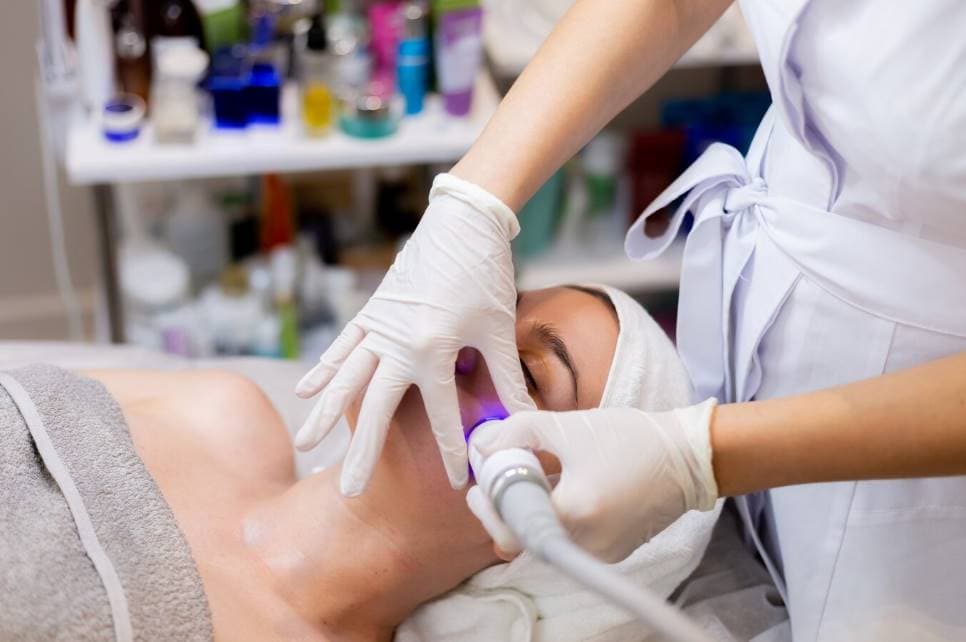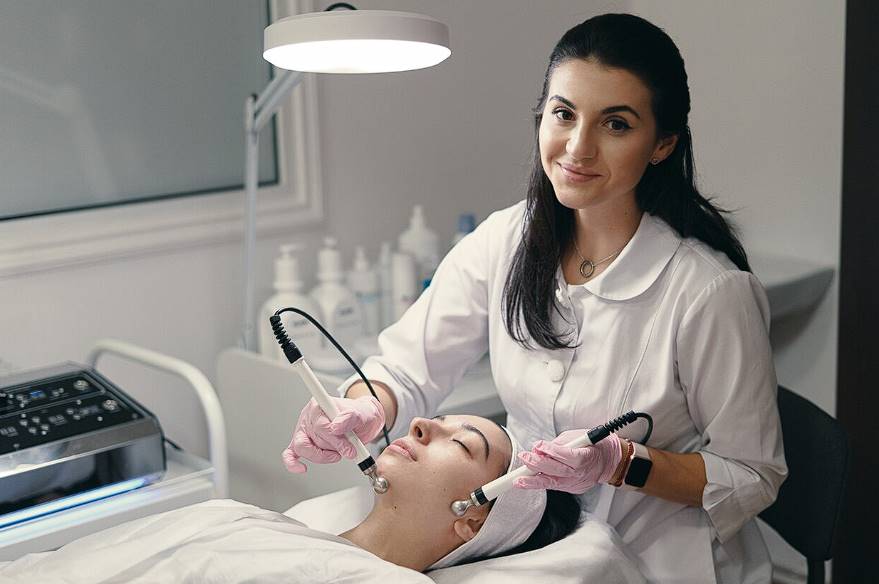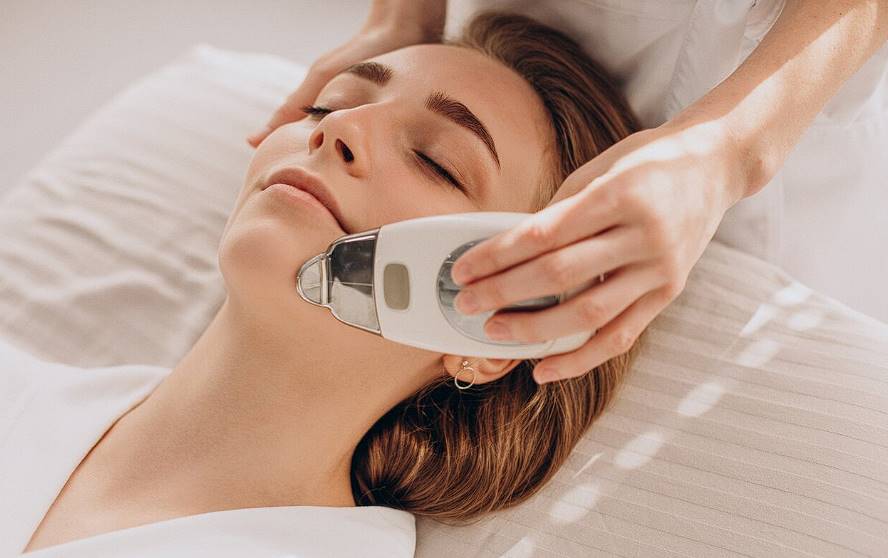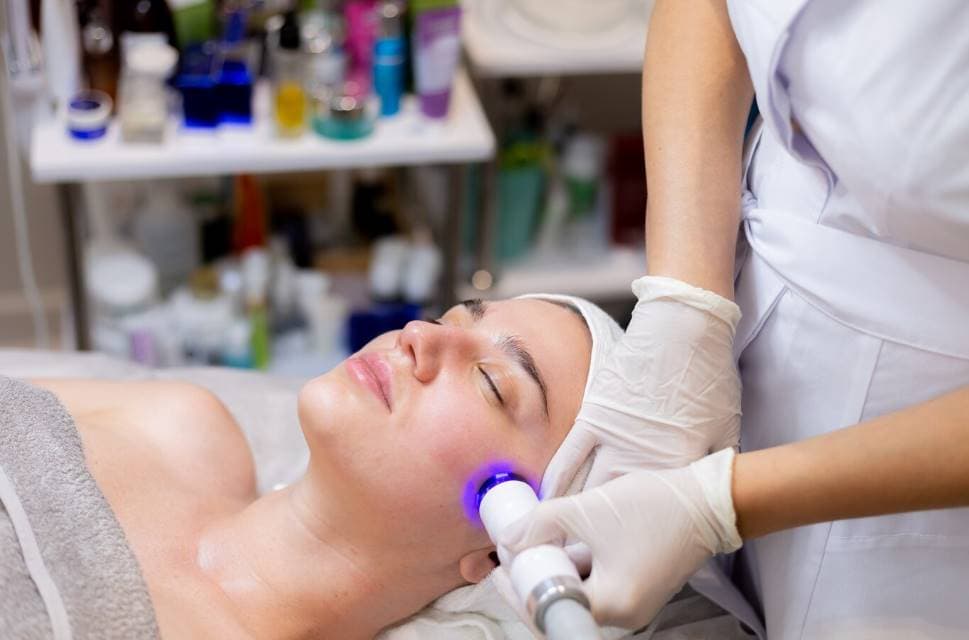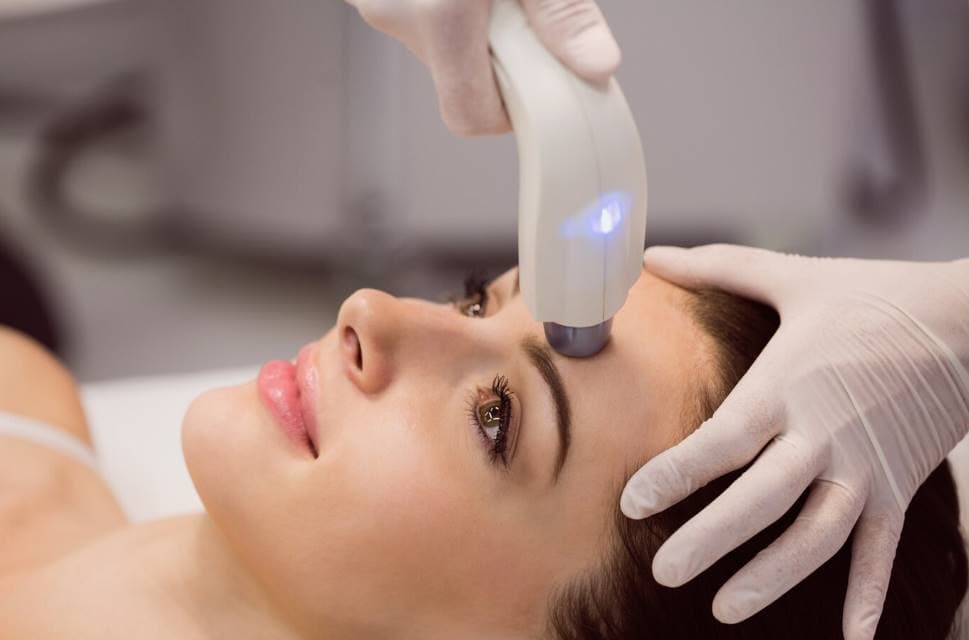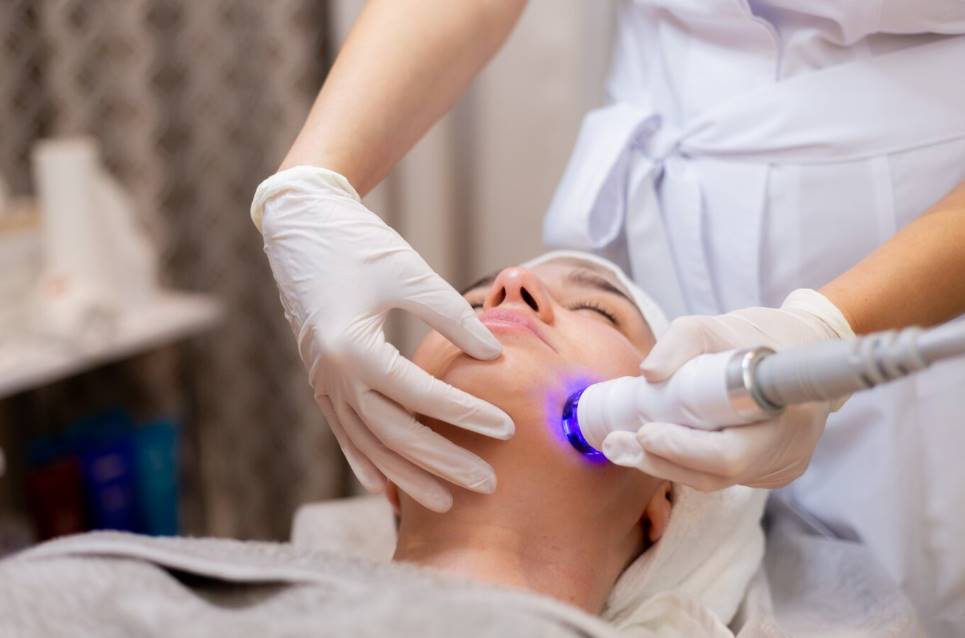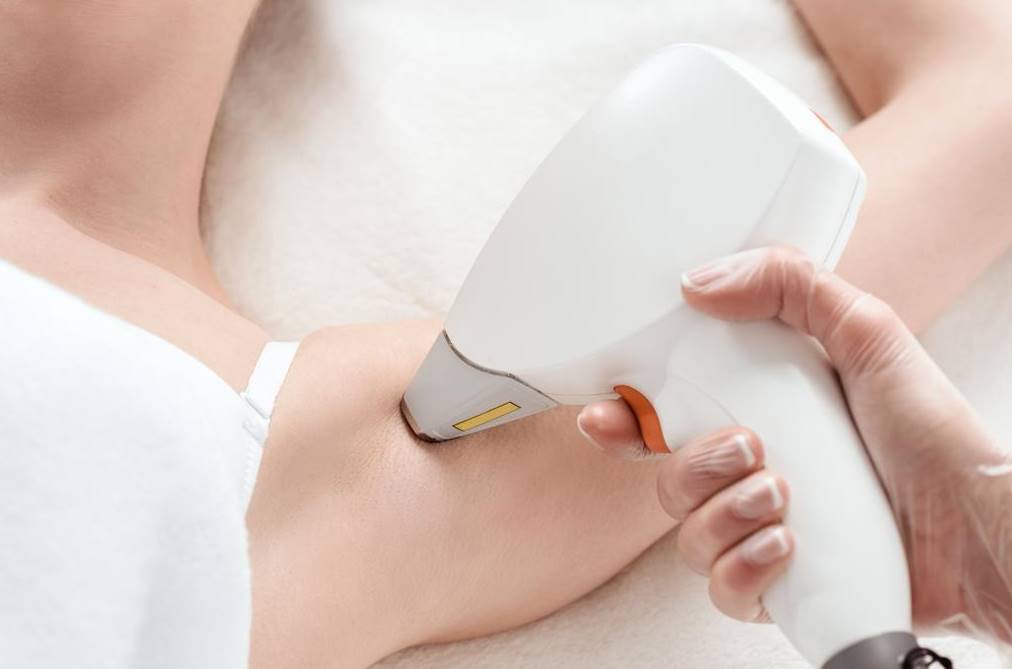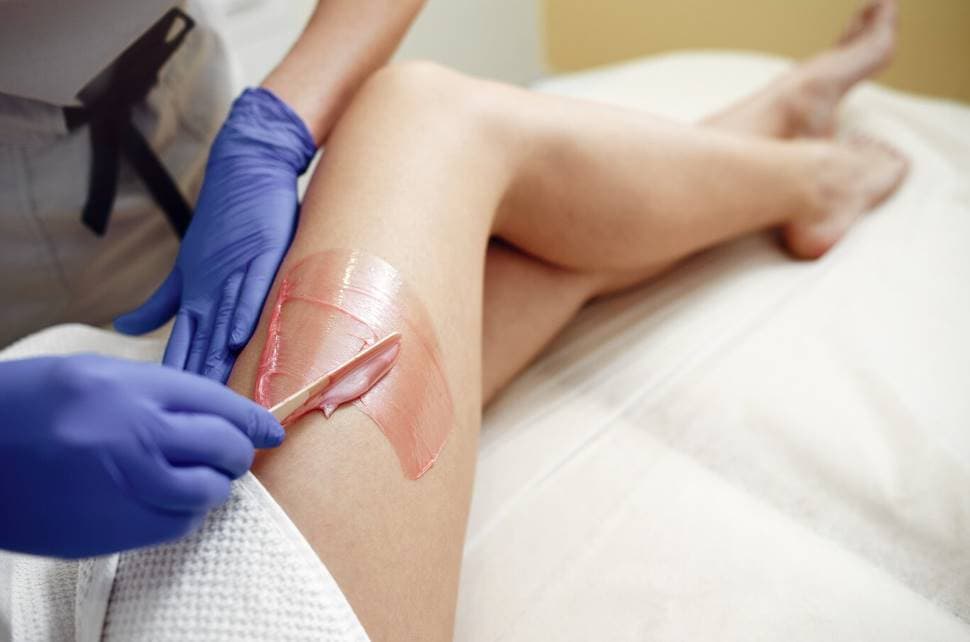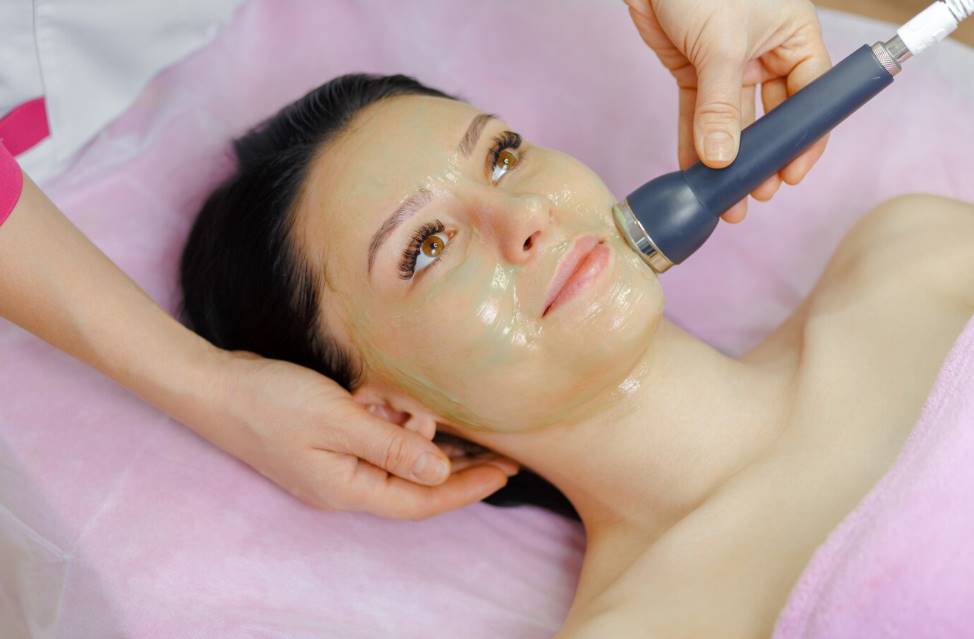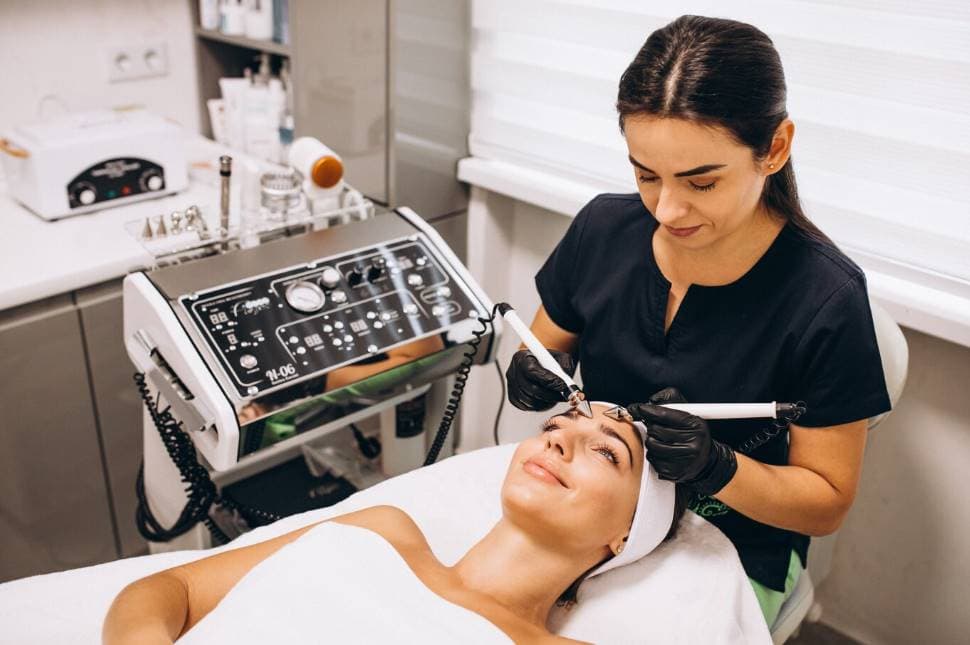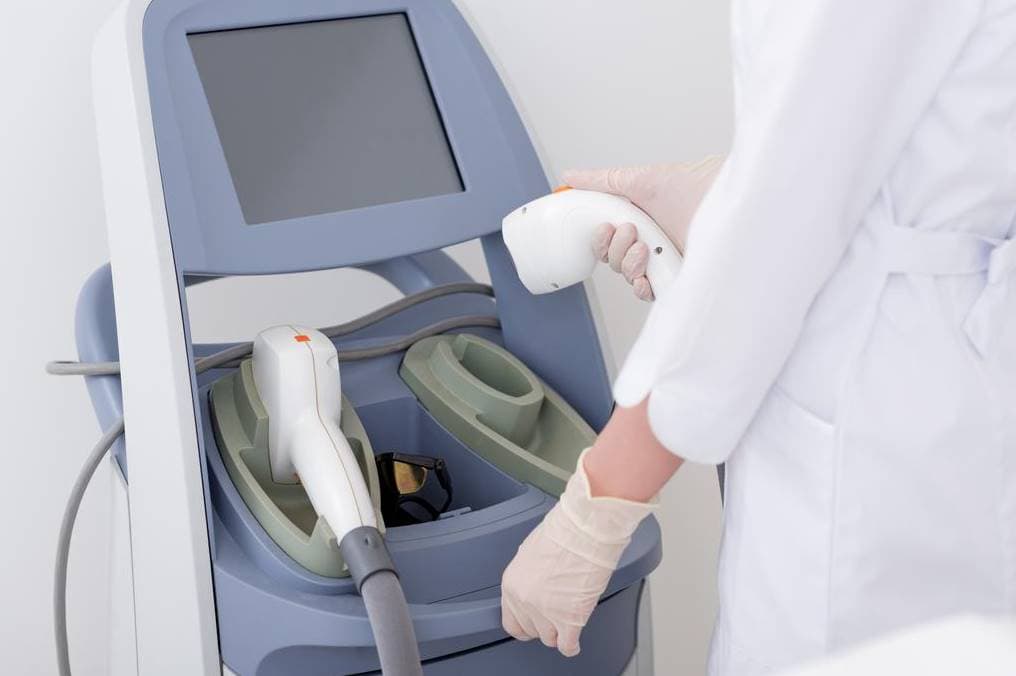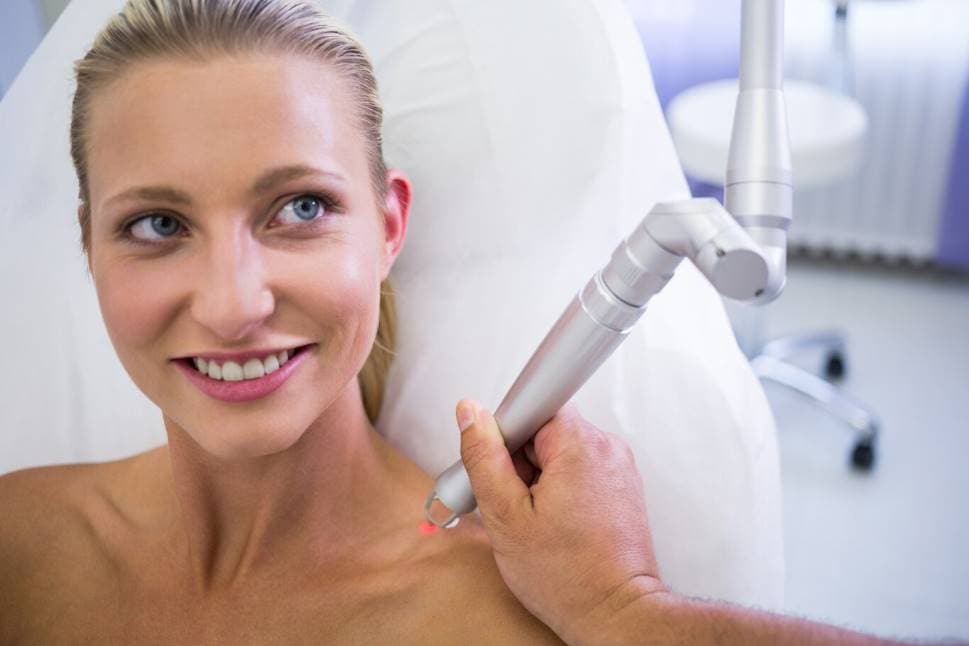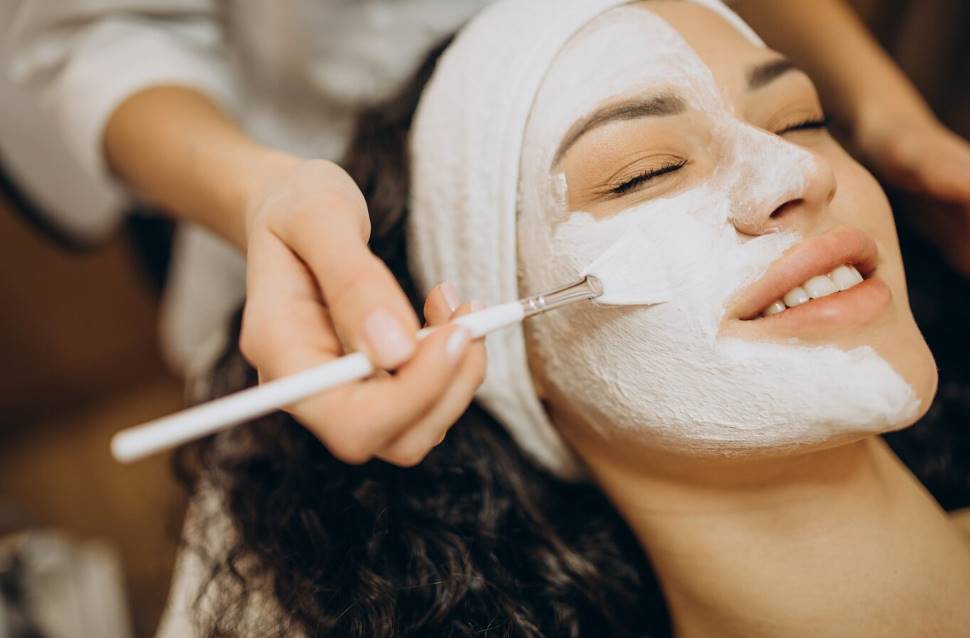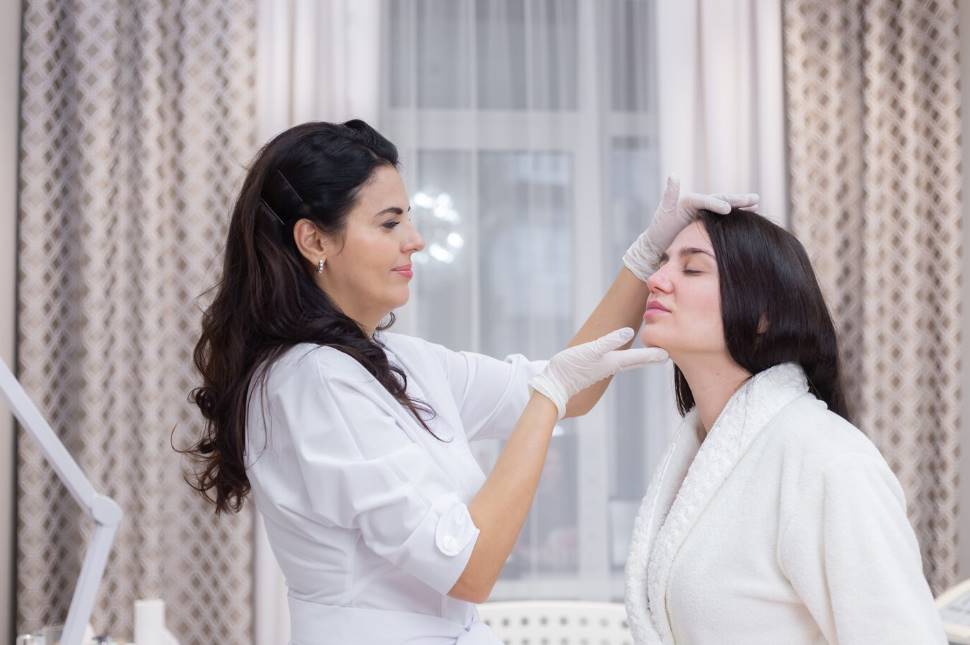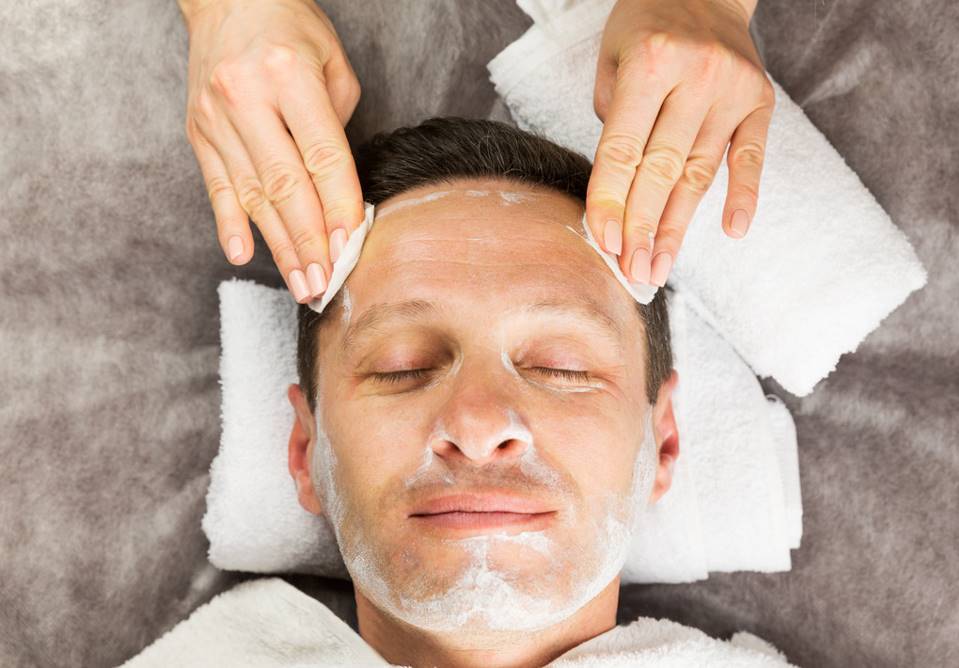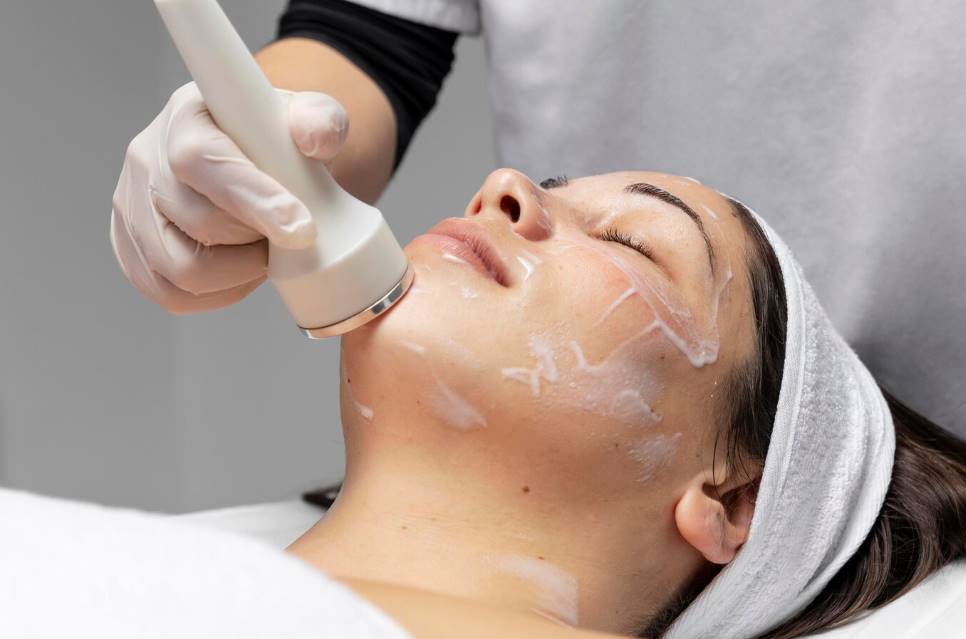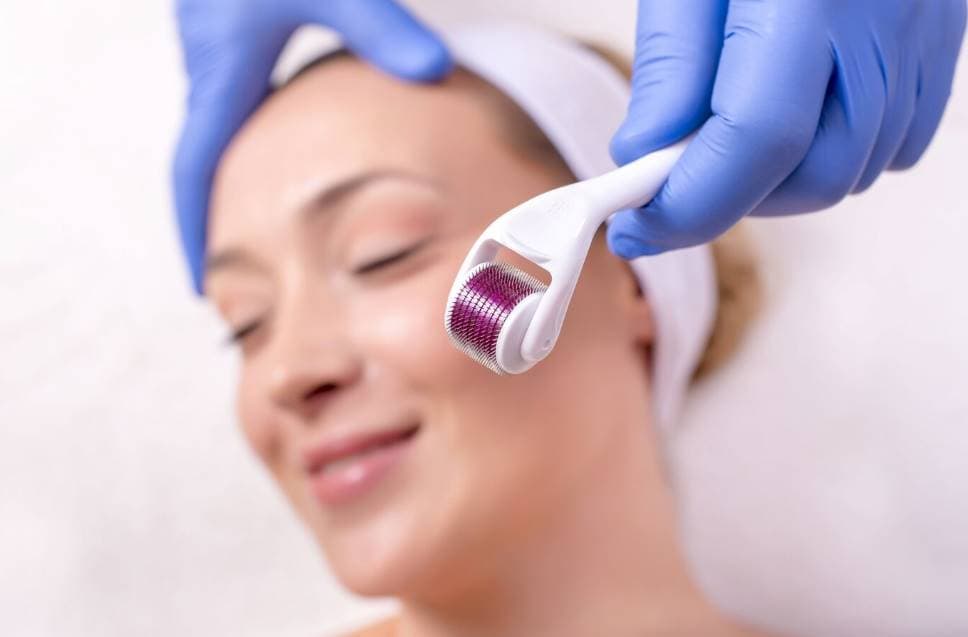Are you sick of fighting against skin problems that won't go away? Acne scars, sunspots, lines and wrinkles, and unwanted hair all have one feature: they can make you feel less comfortable and want a solution.
Laser therapy has been used for a long time to treat many different dermatological and cosmetic problems, such as removing age spots, smoothing out wrinkles, getting rid of unwanted hair, and reducing the look of facial and leg veins.
You may wonder if laser treatment is a safe and effective way to deal with skin and aesthetic health problems you don't like. Today, laser treatment is safe and works well for many people.
Laser skin therapy is a new way to care for your skin that promises to make your skin look better and boost your confidence. In this complete guide, we'll talk about the safety of skin laser therapy, clear up some common myths, and help you decide if this innovative beauty treatment is right for you.
The Science Behind Laser Skin Therapy
Laser facials are a type of skin resurfacing that uses highly focused beams of laser energy, or lasers, to improve your skin's tone, texture, and look. Since needles or scalpels aren't used, these laser treatments aren't surgery and don't hurt the body. Unlike invasive facial treatments like facelift procedures, laser facial treatments usually don't cause pain or downtime, and you can return to your normal daily activities immediately.
What to Expect
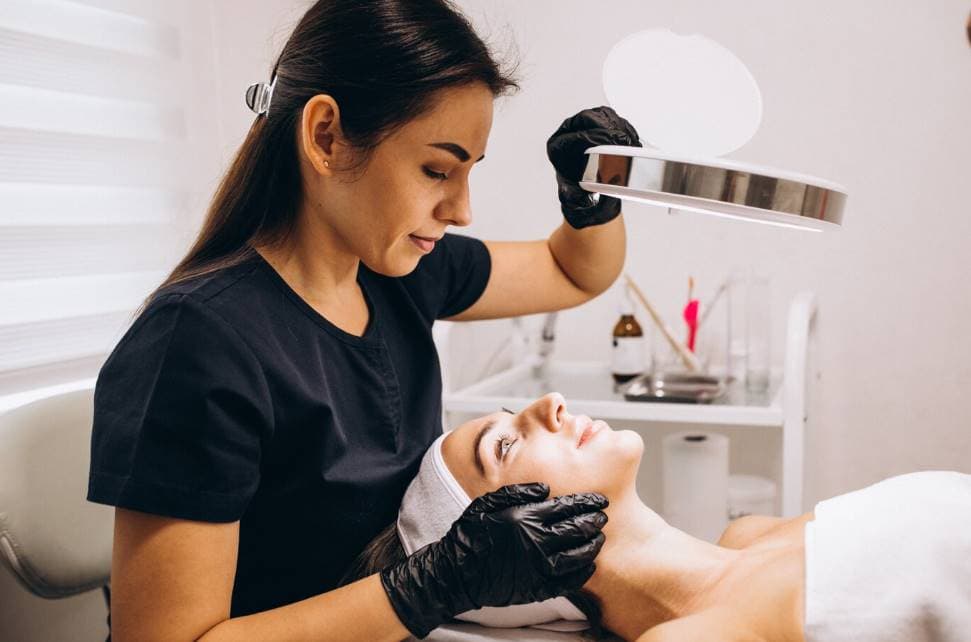
Before they can treat you, the doctor must know about your health and the medicines you currently use. You will be given antibiotics and medicine to stop blisters from forming. You must stop taking some supplements and medications two weeks before your procedure. We can advise you which ones are in the office. Since smoking may delay healing, you will need to quit for no less than a week before treatment.
In What Ways Is It Safe?
Treatment with a laser is very safe. In recent years, technological and medical developments have made it much less likely that people will have serious side effects. Most of the time, our patients' sole adverse reactions are mild swelling or pain around the area of skin that was treated with laser treatment, if they have any. Most of the time, swelling or pain like this only lasts a few hours. There may also be bruises, but they usually go away over a week. You can also lessen the chance of adverse reactions by doing what your doctor says.
During the treatment, you might also feel a little heat or tingling, but most of our patients say this is not painful. Sometimes, the feeling might be slightly discomfort or burning, but patients rarely need painkillers during laser treatment. With pulse dye laser treatment, your skin is protected by a cooling method called DCD. This protects the epidermis of the skin that is being treated.
How Does It Work?
After making the skin numb, the laser is put on it. Depending on the kind of laser and how deep the treatment goes, it may feel like a rubber band snapping against your skin. Most of the time, a topical anaesthetic is all you need to make a non-ablative laser comfortable.
Since ablative lasers eliminate layers of skin, according to the depth of the treatment, the patient may need general anaesthesia and sedation. Your comfort is the most important thing, so the type of anaesthetics used will be discussed with you before the procedure based on your goals and concerns.
Ablative Lasers
The top layers of your skin are removed by an ablative laser so that new, healthier layers can grow in their place. Some ablative lasers are fractional, meaning they only take away a small amount of skin in the treated area. With fractional laser treatments, the laser can reach the deepest parts of your skin, giving you better anti-aging effects.
Non-Ablative Lasers
A non-ablative laser is effective by heating the underneath layers of the skin to help your body make more collagen. On the other hand, non-ablative lasers do not remove any skin or break the skin's surface like ablative lasers do. Most of what this kind of laser treatment does happens below the skin. It helps you get smoother skin with better tone and firmness.
Most of the time, the results of laser facial therapy don't show up for a few months. This is because they speed up your skin's natural healing process and make it more collagenous. Each kind of laser treatment is slightly different in how it works.
Myths About Laser Treatments That You Should Stop Believing
Myth: Radiation Comes From Lasers
Truth: Lasers are safe because they use light but don't emit ionising radiation, which is dangerous. Most cutting-edge medical lasers don't have as much cancer-causing radiation as the sun.
Myth: Lasers Are Bad for Your Body
Truth: Only 1–4 mm of laser light can penetrate the skin. So, when a laser is used to get rid of hair, only the roots of the hair closest to the skin are destroyed. This is because light can't reach the deeper hair origins. So, it clearly can't reach or impact any organ deeper in the body.
Myth: Lasers Can Burn You
Truth: The famous Harvard Medical Institution developed the concept of selective photo-hemolysis, which is used in all modern lasers. This means that the laser's energy acts like magic bullets, searching for and destroying only the target it is meant for.
So, for example, only the red colour in blood vessels will be able to absorb lasers that use green light. This is a very safe way to get rid of vessels that are not normal in birthmarks, fractured veins, or even in diabetics' eyes. Like any other technology, lasers can have side effects, but the chance of getting burned is low if the machines are good and are used by experts.
Myth: Laser Hair Removal Is Painful
Truth: With the right use of scientific techniques, treatments only feel like a little bit of warmth or like being pinched. A rare patient needs to use a topical anaesthesia cream before treatment, especially for delicate parts like the bikini line or underarms.
Myth: Lasers Make the Skin Thin Out
Truth: After being treated with a laser, the skin gets thicker. The skin constitutes living tissue, and when it is treated with a laser, the controlled, soft heating of the dermis causes fresh elastin and collagen to form, which replaces the older, damaged tissue. That's why lasers can make you look younger by getting rid of wrinkles and making your skin fuller. To get the results you want, your laser doctor should, of course, know a lot about how lasers work.
Myth: Lasers Cost a Lot of Money
Truth: Traditional ways of removing hair, like shaving, waxing, foams, etc., cost more in the long run. Also, these methods are boring and painful and have to be done for the rest of your life. On the other hand, Lasers can permanently get rid of hair with only a few non-painful sessions in a few months.
Myth: Lasers Are Not Needed
Truth: Numerous medical problems can only be fixed with lasers. No pills or products can get rid of scars, birthmarks, tattoos, spider veins, or port-wine marks for good. For numerous additional internal medical conditions, laser technology is just as important.
Myth: Lasers Can Cause Cancer
Truth: Lasers are used to get rid of cancers on the skin and in other places. There are no wavelengths in laser light that cause cancer.
Myth: All Treatments With Lasers Are the Same
Truth: There are differences between each laser machine. Also, no two people who know about lasers are the same. Laser machines need to be reliable for the best results. More importantly, the dermatologist you see should know much about skin and laser physics. They should also have a lot of experience with lasers.
Suitable Candidates
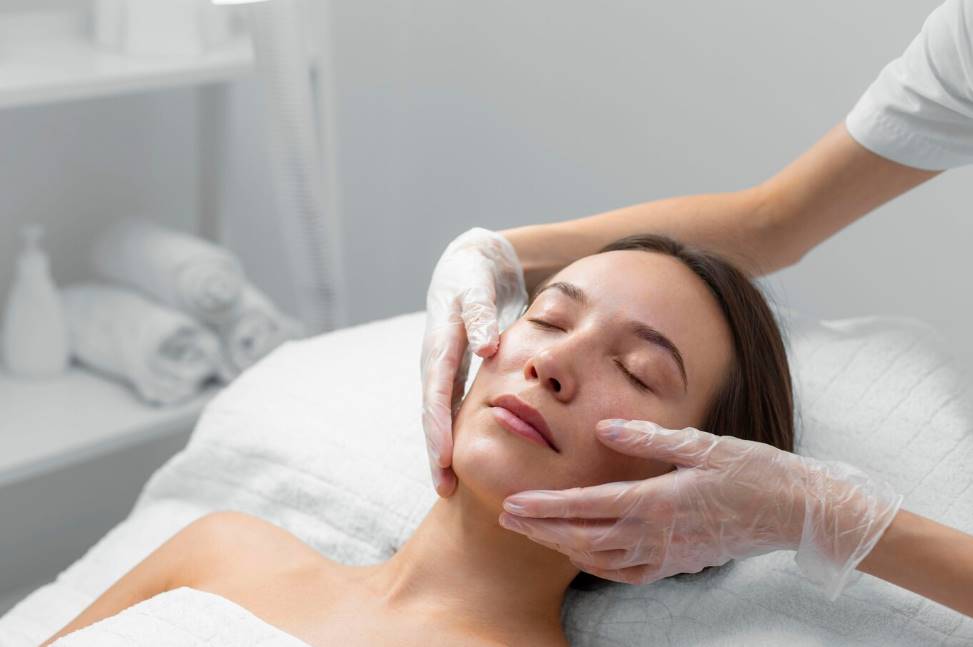
The best person for the procedure is in good health and has no high hopes for the results. Also, they may have some of the following skin problems:
- Subtle creases
- Facial folds
- Early development of sagging jowls
- Marks from past acne outbreaks
Ablative laser skin rejuvenation might not be a good idea for people with certain types of skin or acne flare-ups. Ablative skin laser therapies are also not good for people with cold sores or smoke. In any of these situations, we can discuss the best ways to treat the problem for the best results.
The Safest Laser Face Treatments
All laser facial procedures are safe when done by a dermatologist or doctor certified by a board.
IPixel Laser Resurfacing
A fractional ablation laser is used in iPixel Laser Resurfacing to target certain areas of your skin. This laser treatment only goes through the top layers of skin and makes tiny holes, called pixels, in the skin. iPixel Laser Resurfacing has a quick recovery time quick results, and is safe and doesn't hurt you in any way.
During your first consultation, they can look at your skin and suggest one or more laser facial treatments if you need help determining which is best. They may also suggest other skin-rejuvenation treatments that can help you reach your personal goals regarding how you look.
Photofacials
Photofacials use powerful pulsed light rather than a laser, a steady beam of light. The light flashes intermittently rather than staying on for a long time. Because of this, most photo facials are much gentler than laser treatments. Photofacials don't pose many long-term risks. The only possible side effects are short-term redness, swelling, and a sense of small arteries.
ClearLift
ClearLift uses a laser that doesn't cut the skin to treat all parts of your face and neck, even the delicate skin within the eyes. This treatment goes deep into the skin to stimulate collagen production without hurting the top layer of the skin or causing any side effects. Results usually take a few weeks to show up after between four and six treatments.
Micro Plasma Pixel RF
Micro Plasma Pixel RF is shielded for all types and colours of skin and targets problem areas with an ablative laser. This laser therapy typically requires about 30 minutes and must be done three to five times over four weeks. Micro Plasma Pixel RF has only one side effect: a mild feeling like a sunburn that usually goes away within a few hours.
Conclusion
Laser skin treatment is a safe and effective way to treat a variety of dermatological and cosmetic problems, such as removing age spots, smoothing out wrinkles, getting rid of unwanted hair, and reducing the look of facial and leg veins. It does not use needles or scalpels, but instead uses highly focused beams of laser energy to improve the tone, texture, and look of the skin. Before getting treatment, patients need to talk about their health and any medicines they are taking. Two weeks before the procedure, they also need to stop taking certain supplements and medications.
Most laser treatments are safe, with only minor side effects like slight swelling or pain in the area being treated. During the treatment, some people feel heat or buzzing, but most don't feel any pain. The surface of the skin being treated with a pulsed dye laser is kept safe by a cooling method called DCD.
Ablative lasers remove the top layers of skin, while non-ablative lasers heat the layers underneath to help the body make more collagen. Results usually take a few months to show up because they speed up the skin's natural way of healing and make it more collagenous.
Some people think that laser treatments use radiation, that lasers are bad for the body because they don't go deep enough into the skin, and that lasers can burn people. But the Harvard Medical Institution came up with selective photo-hemolysis, which lets lasers target specific things, like red blood vessels in blood vessels.
Laser skin therapy is a hopeful way to treat a number of skin problems, such as acne scars, sunspots, wrinkles, unwanted hair, and broken veins. Even though there may be side effects, pros rarely get burned when they use the machines.
Laser hair removal doesn't hurt because all you feel is heat or pinching. By heating the dermis, lasers make the skin bigger. This causes new elastin and collagen to form, which makes the skin look younger. Traditional ways to get rid of hair, like shaving, waxing, and foams, are painful and expensive, but lasers can forever remove hair in just a few sessions that don't hurt. Lasers are also used to treat scars, birthmarks, tattoos, spider veins, and port-wine stains, among other things.
Laser treatments are not the same for everyone, and tools and dermatologists are not all the same either. People who are in good health, have certain skin problems, have cold sores, or smoke are the best candidates for laser treatments.
Content Summary
- Laser therapy is widely used for dermatological and cosmetic issues.
- Acne scars, sunspots, and unwanted hair can be treated with lasers.
- The treatment aims to increase confidence by enhancing skin appearance.
- Safety and effectiveness of laser treatments are frequently questioned.
- Laser facials improve skin tone and texture without surgery.
- Unlike facelifts, laser treatments are usually pain-free.
- Patients can resume daily activities immediately post-treatment.
- A medical history review precedes the laser therapy.
- Smoking cessation is advised at least a week before the procedure.
- Current technological advances make laser treatments safer.
- Most patients only experience mild swelling post-treatment.
- Bruising post-treatment typically fades within a week.
- Any sensation of heat or tingling during treatment is generally not painful.
- Different types of anaesthetics are chosen based on patient comfort.
- Ablative lasers remove top skin layers for new growth.
- Fractional ablative lasers target deep skin for enhanced anti-ageing results.
- Non-ablative lasers heat skin layers below the surface to stimulate collagen.
- Results from laser facial therapy typically emerge after several months.
- There are several myths surrounding laser treatments.
- Lasers do not emit dangerous ionising radiation.
- Laser light can only penetrate skin to a depth of 1–4 mm.
- Lasers use targeted energy, minimising the risk of burns.
- Laser hair removal is usually only mildly uncomfortable.
- Post-laser treatment, skin generally becomes thicker, not thinner.
- Lasers aid in collagen formation, giving skin a fuller appearance.
- Laser treatments can be cost-effective compared to traditional methods.
- Certain medical conditions can only be treated effectively with lasers.
- Laser light does not possess cancer-causing wavelengths.
- Not all laser machines or practitioners are equal in quality.
- The best candidates for laser therapy are in good health with realistic expectations.
- Certain individuals, like smokers, might not be suitable for ablative laser treatments.
- The safety of a laser procedure is dependent on the practitioner's qualifications.
- IPixel Laser Resurfacing targets only the top skin layers.
- IPixel treatment offers quick recovery and results.
- Photofacials utilise pulsed light, differing from continuous laser beams.
- Photofacials are gentler than typical laser treatments.
- The main side effects of photofacials are temporary redness and swelling.
- ClearLift uses a non-invasive laser for treatment.
- Laser therapy focuses on resolving skin problems and restoring confidence.
- No long-term pain or downtime is associated with laser facial treatments.
- Antibiotics might be prescribed pre-treatment to prevent blisters.
- The chance of adverse reactions is minimal when following doctor's advice.
- Pulse dye laser treatments protect the skin with a cooling method.
- Depending on the laser type, sensations might vary during treatment.
- Fractional treatments stimulate the skin's natural healing process.
- Modern lasers lack the harmful radiation found in sunlight.
- Lasers target specific concerns without affecting deeper organs.
- Lasers can actually treat some cancers on the skin.
- Consultation with a dermatologist helps determine the best laser treatment.
Frequently Asked Questions
Laser therapy is usually safe but can cause temporary side effects like swelling redness, and mild pain. Most of the time, these effects go away in a few days.
The number of sessions you need depends on what's wrong with your skin and what kind of laser is used. Most people feel better after a single session, but you may need more than one for best results.
Laser therapy can be used on many different kinds of skin. But it's important to talk to a trained professional who can determine which laser is best for your skin's tone and problems.
It is best to wait a few days before putting on makeup after laser therapy so that your skin can heal. Your practitioner will tell you what to do after the treatment.
Laser therapy can have long-lasting effects, but you may need to keep going to maintenance sessions to keep getting the benefits.
